
Should Men Wear Bracelets and Still Look Stylish
Should men wear bracelets? Absolutely—bracelets can sharpen your look when you treat them as intentional style details. Start by defining your vibe (minimal, rugged, refined, eclectic) and choose materials that match: metal for urban polish, leather for tactile ease, beads for texture, or fabric cords for a sporty feel. For long-lasting pieces that stay looking new, consider options from our non tarnish bracelets. Make sure your bracelet fits properly—one finger under the band—and balance its visual weight with your frame. Keep finishes aligned with your watch, stack sparingly or go solo, and in formal settings, stick to slim metal or fine leather pieces.
Why Bracelets Work in Modern Men’s Style
Because style signals evolve, bracelets give modern men a precise way to express identity without shouting. You use them to add intention to your look—quiet detail that reads as considered, not forced.
They bridge function and story; a single cuff or bead strand can anchor a sleeve, frame a watch, and signal taste in one move.
You’re also tapping into bracelet history and cultural significance. From warrior talismans to maritime knots and artisan metals, bracelets have long marked allegiance, milestones, and skill.
Today’s versions translate that legacy into streamlined pieces that work from office to evening. The right scale, material, and finish communicate clarity: steel suggests minimal strength, leather nods to craft, beads hint at travel.
Wear one with purpose, and it refines your narrative.
Matching Bracelets to Your Personal Aesthetic
Even before you shop, define the mood you want to project—clean minimal, rugged craft, refined classic, or creative eclectic—and let that steer every choice.
Treat bracelets as punctuation to your personal style, not the headline. If your wardrobe leans minimal, keep lines crisp and proportions slim; one deliberate piece beats a noisy stack.
If you favor rugged, aim for tactile details and purposeful wear, but don’t crowd your wrist. For refined looks, prioritize balance and symmetry; guarantee colors and finishes echo your tailoring.
If you’re eclectic, mix silhouettes sparingly and repeat a palette to avoid chaos. Match bracelet scale to your frame and watch size.
Coordinate with your daily uniform, footwear, and belt so your aesthetic choices read intentional, modern, and cohesive.
Choosing the Right Material: Metal, Leather, Beads, and Fabric
While style starts with intention, material makes it believable. Think in categories and match them to your wardrobe’s vibe.
For metal vs. leather, metal (stainless, titanium, sterling) reads crisp, urban, and minimal; it pairs well with watches and tailoring. Leather feels tactile and grounded—choose smooth for refinement, braided for casual edge.
Prioritize quality hardware; cheap plating or flimsy clasps kill the look.
Beads add texture and color. Nail bead selection by limiting palettes and mixing matte with subtle sheen. Lava, onyx, and tiger’s eye skew masculine; avoid plasticky finishes.
Fabric and cord options—sailor knots, paracord, woven threads—signal sport or travel energy and layer cleanly with both metal and leather.
Always match finishes: brushed with brushed, rustic with rustic, polished with polished.
Sizing and Fit: Finding the Right Proportions for Your Wrist
Start with your wrist, not the bracelet. Take a snug wrist measurement with a soft tape at the narrowest point, then add 0.5–1 inch for comfort. That allowance keeps movement natural without sliding up your forearm.
Use proportion tips: slim wrists suit narrow cords, 4–6 mm beads, or minimal chains; average wrists handle 6–8 mm beads or medium cuffs; larger wrists look balanced with 8–10 mm beads, wider cuffs, or layered slim pieces.
Aim for a clean drape: one finger should slip under a bracelet, but it shouldn’t spin freely. Flat cuffs should hug; adjust gradually to avoid stress points.
Keep visual weight consistent with your frame and outfit. When in doubt, size down slightly—refined fit always reads sharper than bulky slack.
How to Pair Bracelets With a Watch
A watch anchors your wrist; the bracelet adds texture and attitude. Match metal tones first—steel with steel, gold with gold—then echo finishes: brushed with matte beads, polished with sleek links. Keep hardware minimal so your timepiece remains the hero.
Let watch types guide your choices. With a dive watch, pair tactile bracelet styles like cord, leather, or matte stone that won’t compete with the bezel. With a dress watch, choose slim chains or refined leather to maintain a clean line under a cuff. For a field or pilot watch, lean rugged: braided leather or canvas knots complement utilitarian dials.
Mind proportions. A chunky case needs a bracelet with presence; a thin case prefers something streamlined. Leave slight spacing, avoiding contact that scratches lugs or crystal.
Stacking vs. Solo: Building Balanced Combinations
Balance defines whether a bracelet sings solo or thrives in a stack. You decide by weighing proportion, visual weight, and intent. A single cuff or bead strand can anchor your look when it has presence—think a defined silhouette, refined finish, and clear focal point.
When stacking, edit ruthlessly. Cap it at two to four pieces, vary widths, and space metals with natural materials to keep movement. Use color coordination to tie elements together, then introduce texture contrast—matte with polished, braided with smooth—to avoid monotony. Keep one hero and let the rest support it.
Match hardware tones so nothing clashes, and guarantee fit stays snug; sliding stacks read messy. Rotate in seasonal hues and subtle patterns, but maintain cohesion with a consistent palette and restrained shine.
Styling for Different Settings: Casual, Smart-Casual, and Formal
Stacks and solos set the groundwork; now you’ll apply them to context. In casual outfits, lean relaxed: a slim leather wrap, a beaded strand, or a mixed-metal cuff.
Keep metals brushed, colors earthy, and proportions light so your wrist doesn’t overpower tees, denim, or sneakers. Aim for two to three pieces max.
For smart-casual, refine the palette. Pair a sleek cuff with a single matte bead or a minimal chain.
Match metal tones to belt buckle or watch. Keep silhouettes slim so bracelets slide cleanly under knit polos, OCBDs, or unstructured blazers.
For formal occasions, go minimalist. One discreet bracelet—polished but subtle—complements a dress watch without stealing focus.
Stick to precious metals or fine leather, no charms, no jangling. Fit is precise; finish is immaculate.
Care and Maintenance to Keep Bracelets Looking Sharp
Even the best bracelet looks tired without upkeep, so build a simple routine. Wipe metal and stone pieces after wear with a soft microfiber cloth to remove sweat and sunscreen.
Use targeted cleaning techniques: mild soap and lukewarm water for stainless and sterling; a jewelry cloth for gold; a damp cloth for leather—never soak it. Avoid harsh chemicals and ultrasonic cleaners unless the maker approves.
Dry thoroughly, then store smart. Choose storage solutions that prevent friction: individual pouches, lined trays, or a compartmentalized box. Keep leather away from humidity and direct sun; condition sparingly to prevent cracking.
Rotate pieces to reduce stretch on elastic cords and tighten screws or clasps quarterly. Remove bracelets before workouts, swimming, or showering to preserve finish and fit.
Frequently Asked Questions
Are Bracelets Appropriate in Conservative Workplaces or Client Meetings?
Yes, when minimal and refined. In conservative attire and workplace fashion, choose a slim metal or leather bracelet, no charms. Keep it under a cuff, silent, and unobtrusive. Prioritize client expectations, company culture, and practicality.
Do Bracelets Carry Cultural or Religious Meanings I Should Respect?
Yes—bracelets can carry cultural significance and religious symbolism you should respect. Research origins, avoid sacred motifs casually, and ask when unsure. In diverse settings, choose neutral designs. When traveling or meeting elders, err conservative and prioritize respectful, informed style choices.
Can Men With Allergies Wear Bracelets Safely?
Yes, you can. Choose allergy friendly materials like titanium, surgical stainless steel, silicone, or solid gold. Avoid nickel. Test-fit briefly, then rotate wear. For skin irritation solutions, use barrier creams, smooth edges, breathable bands, and keep bracelets clean.
How Many Bracelets Look Professional on Video Calls?
One bracelet looks most professional on video calls. If you push it, two slim pieces still read polished. Favor minimal bracelet styles, muted metals or leather, and avoid clinking—video call etiquette rewards restraint, clean lines, and quiet textures.
Are There Age-Specific Bracelet Styles for Men?
Yes. You can lean into youthful styles with colorful cords, beads, and casual leather. As you age, pivot to mature options: slim metal cuffs, understated links, quality leather. Prioritize fit, subtle textures, and harmony with your watch.
Conclusion
Bracelets absolutely belong in your style playbook. Choose materials that reflect your personality, keep proportions sharp, and make your watch the anchor when you pair them. Stack thoughtfully or go solo—balance is everything. Adapt to the setting: relaxed for casual, streamlined for smart-casual, and minimal for formal. Maintain them so they always look crisp. When you’re intentional, bracelets don’t distract—they refine. Wear them with confidence, and you’ll look modern, polished, and unmistakably you.


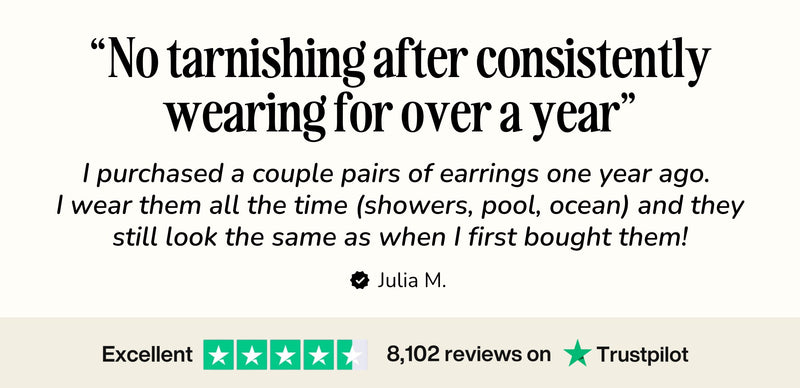




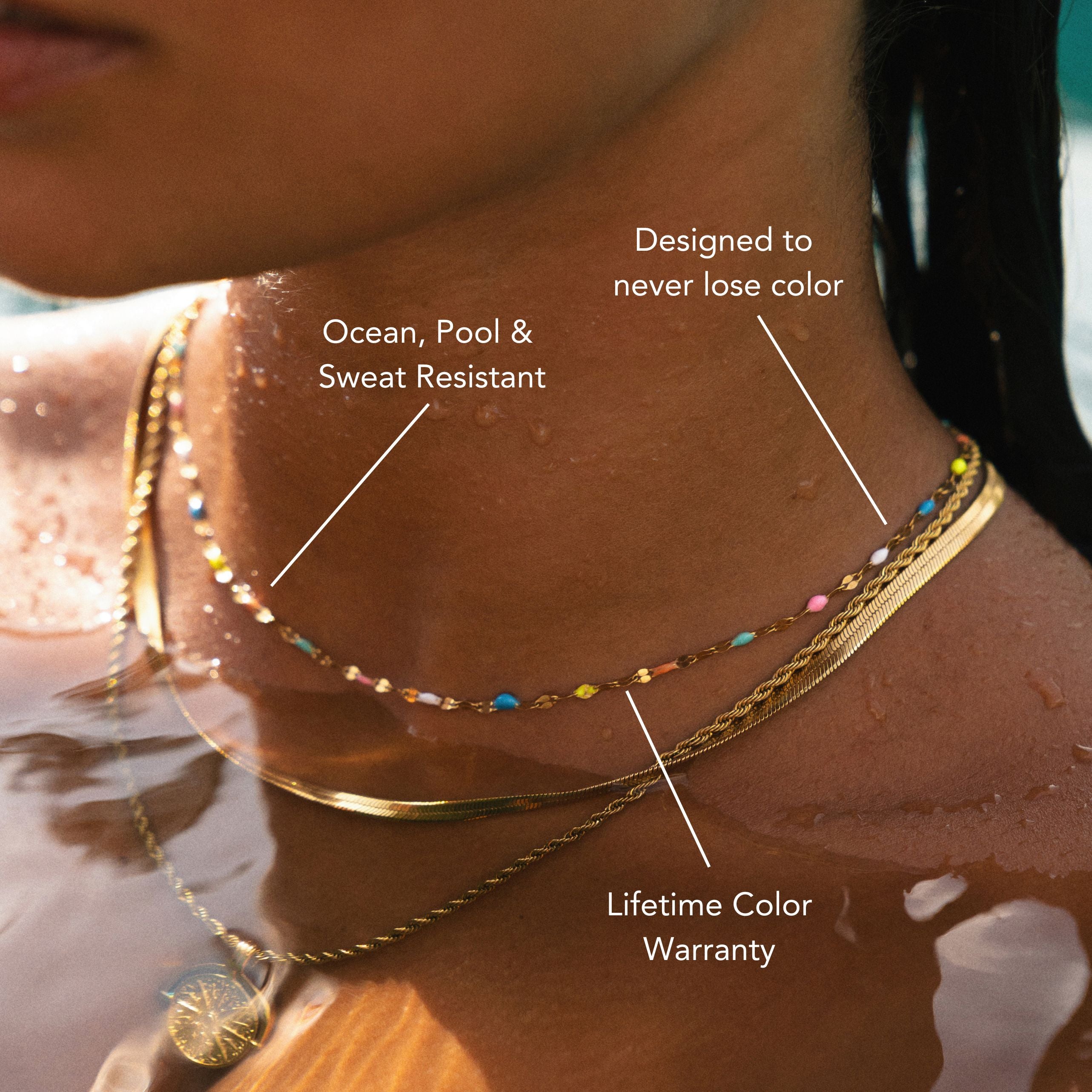

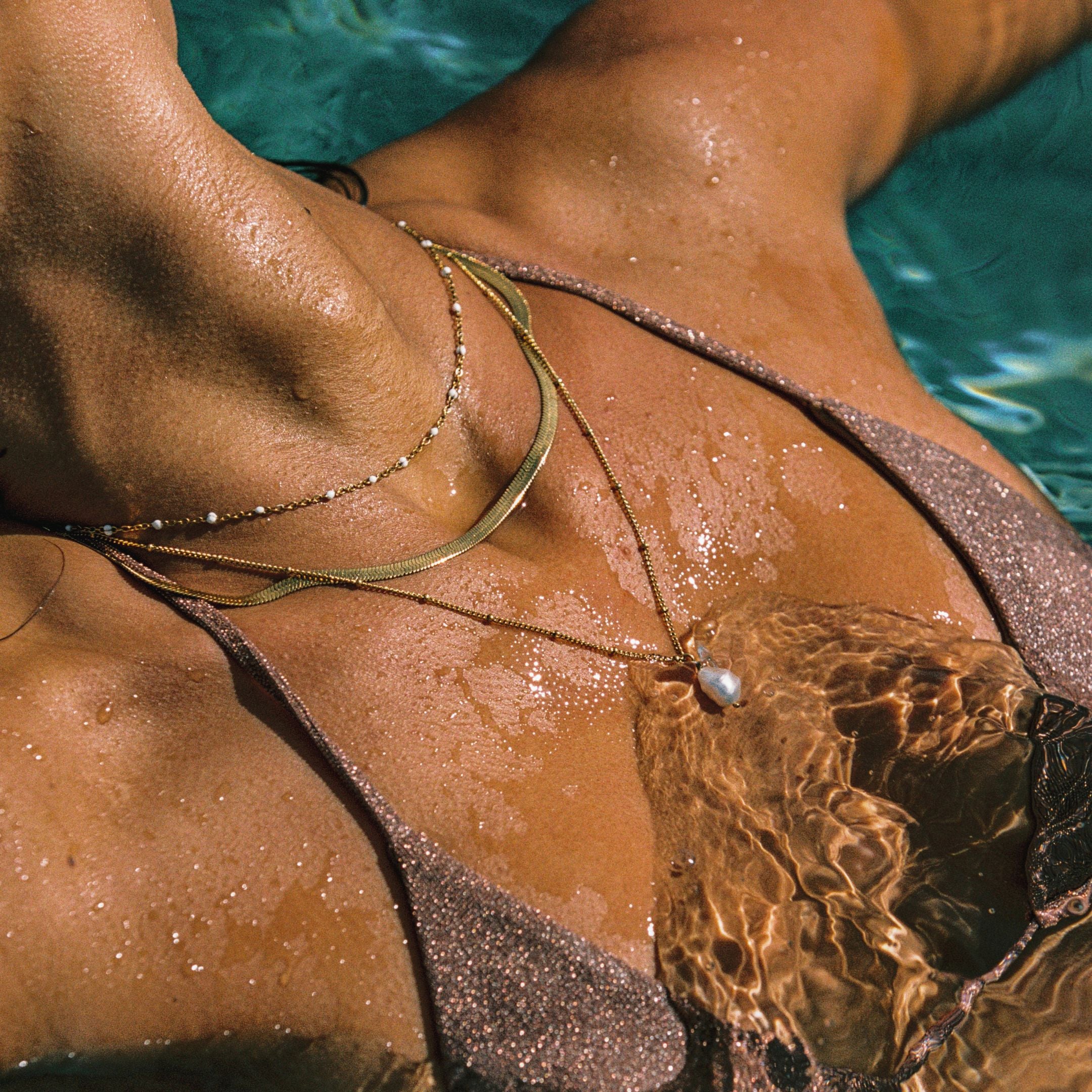
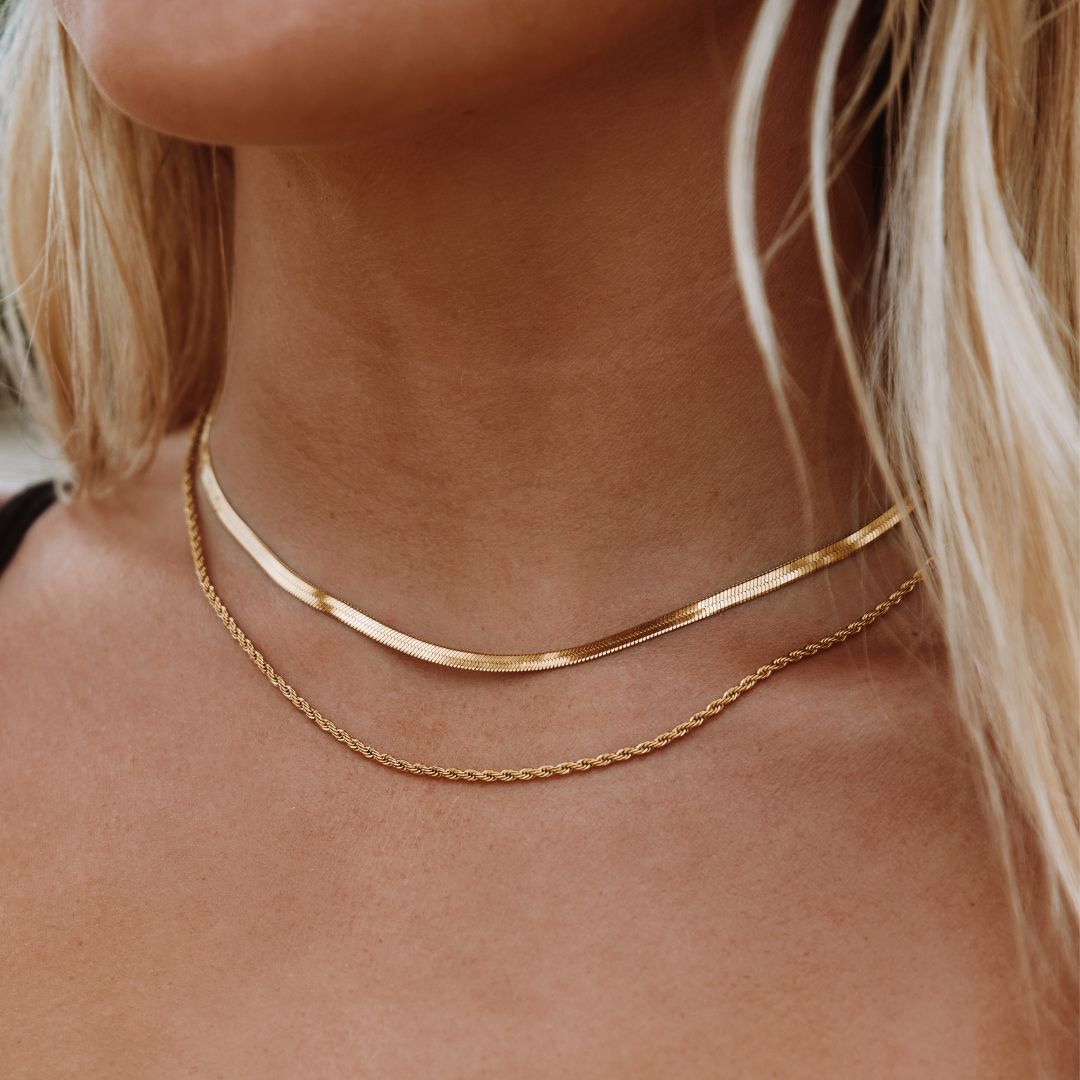

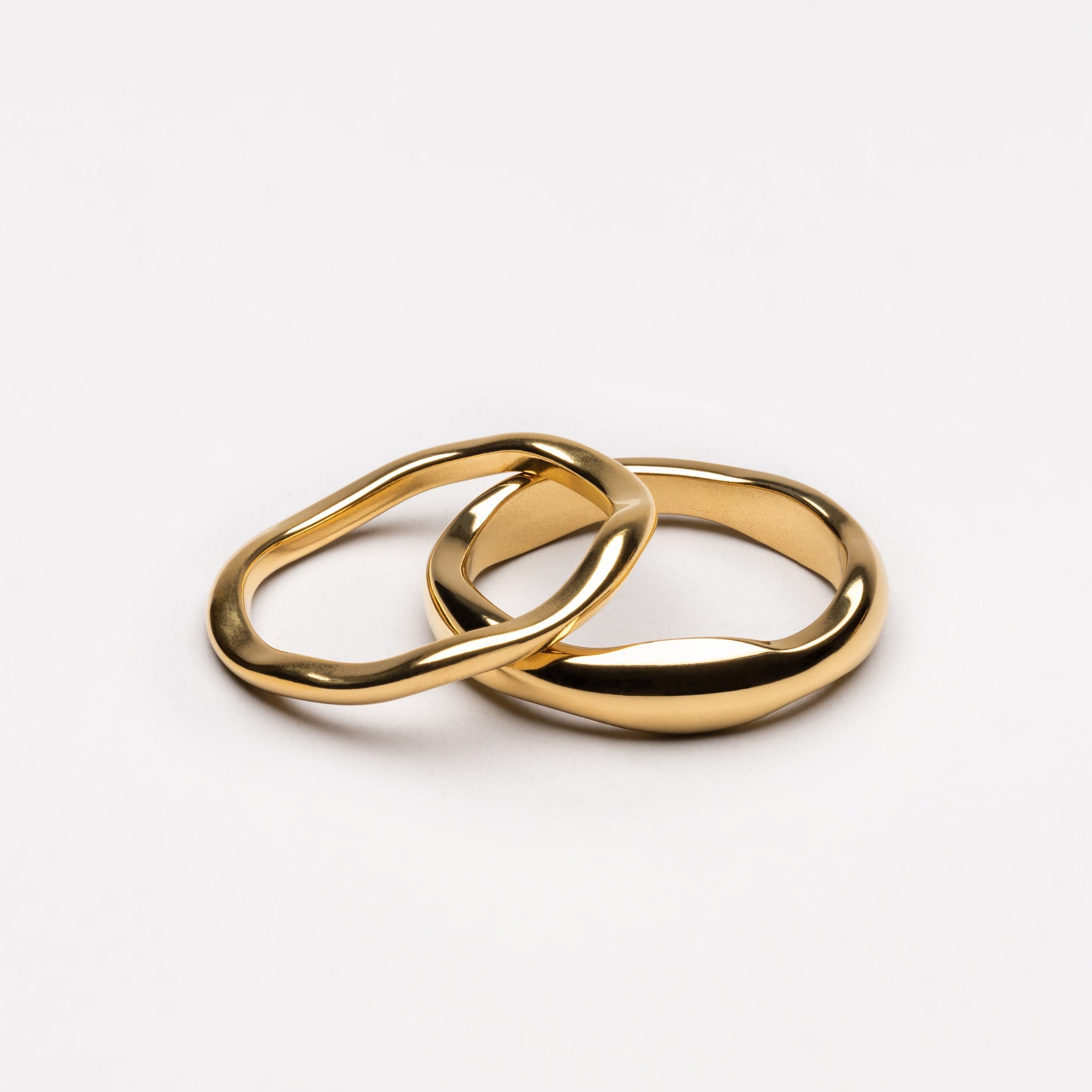
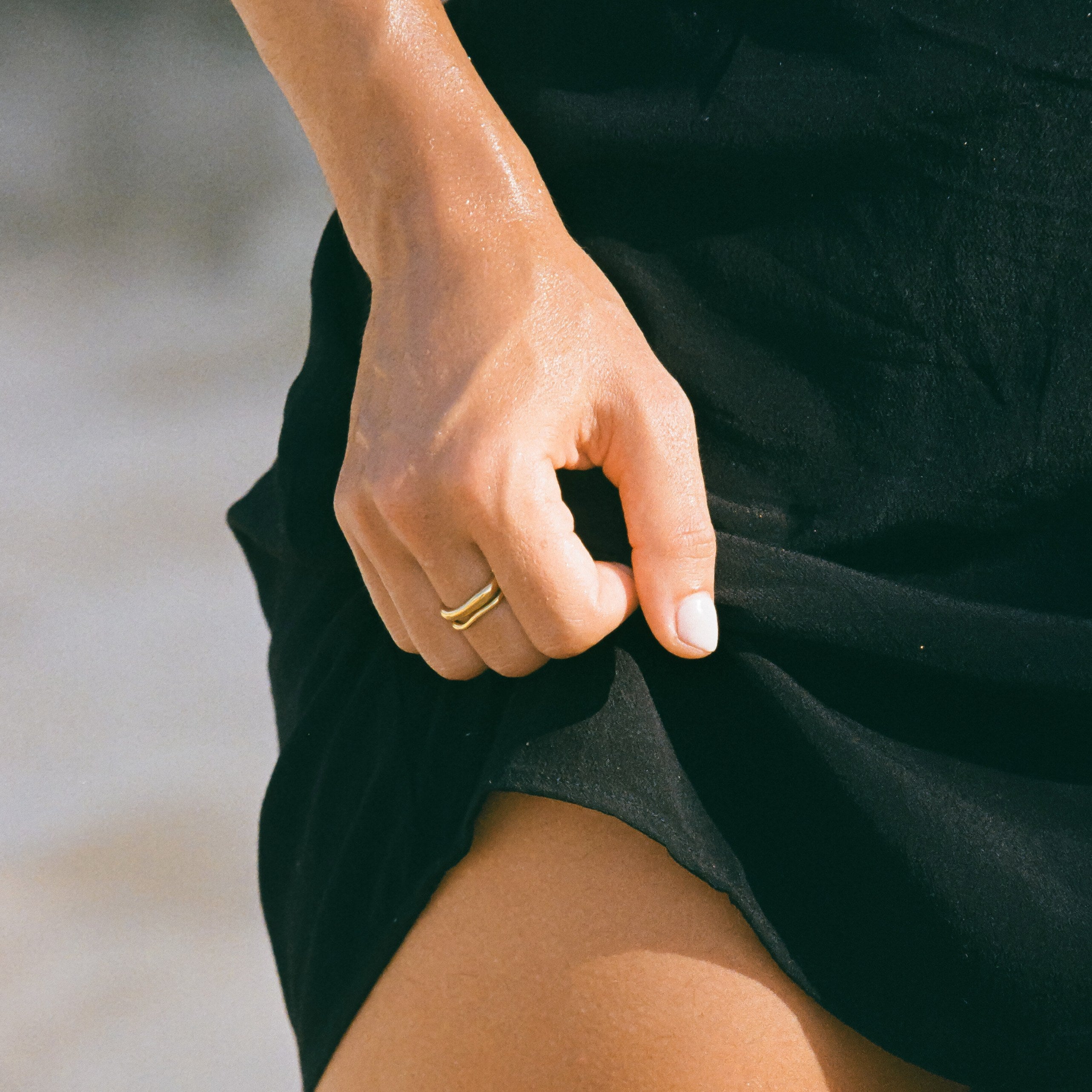
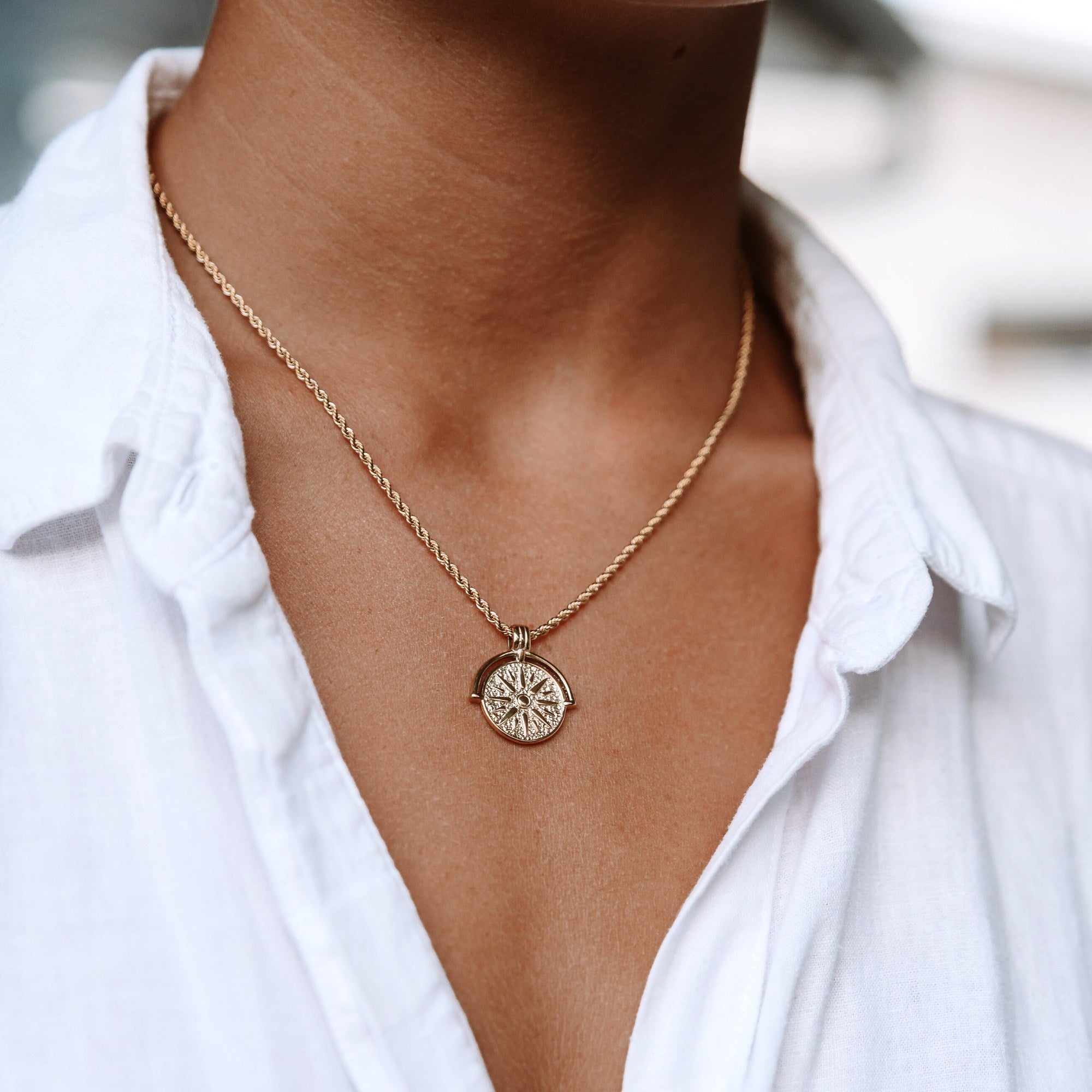
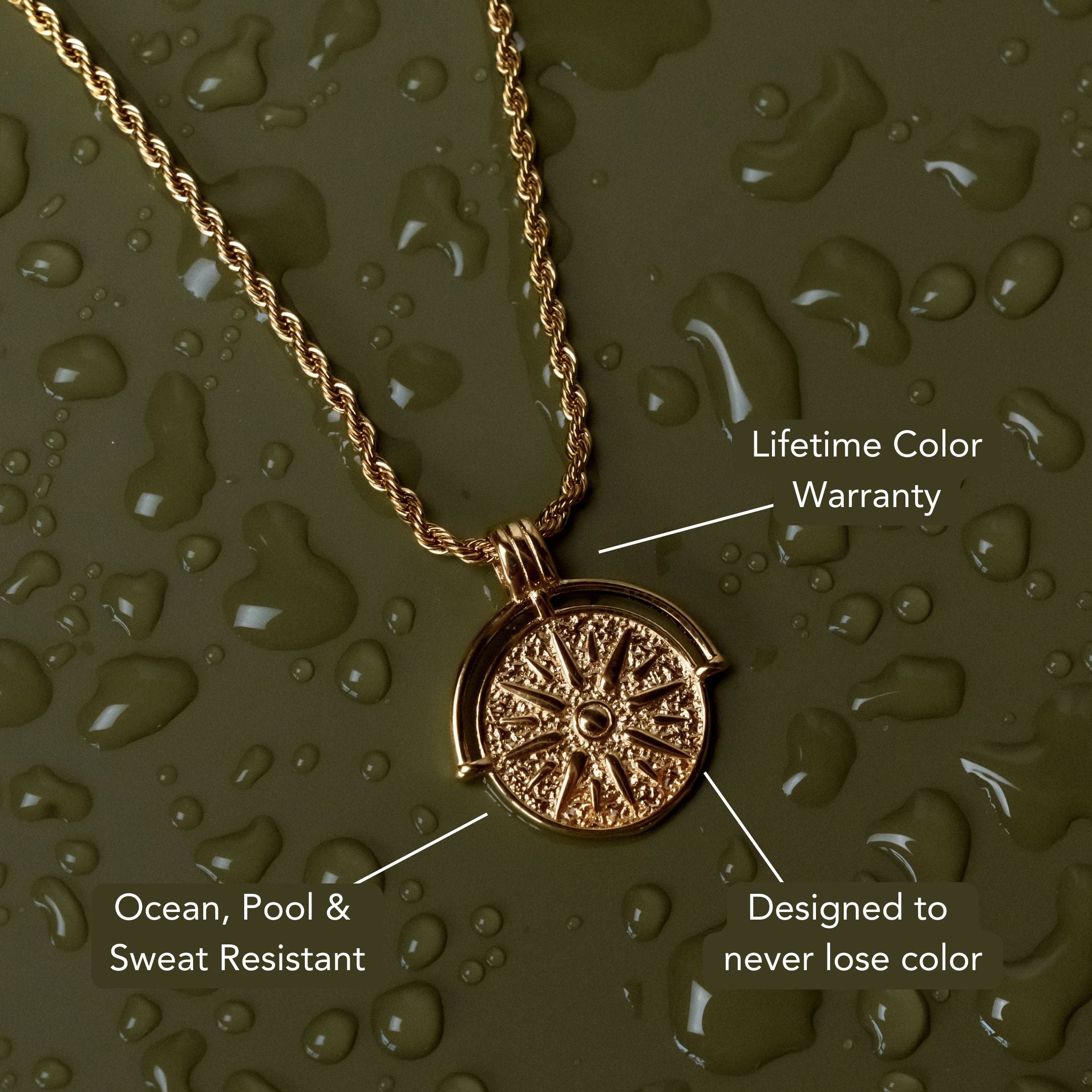






Leave a comment
This site is protected by hCaptcha and the hCaptcha Privacy Policy and Terms of Service apply.